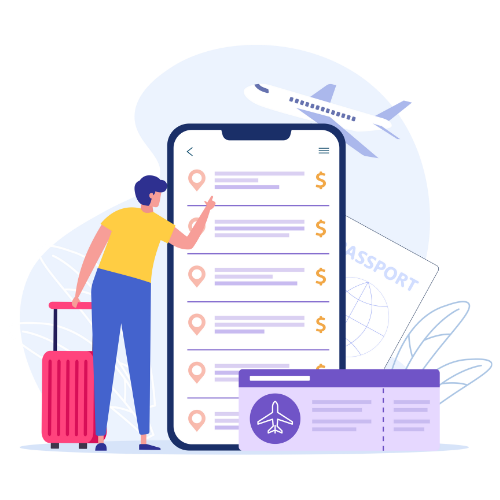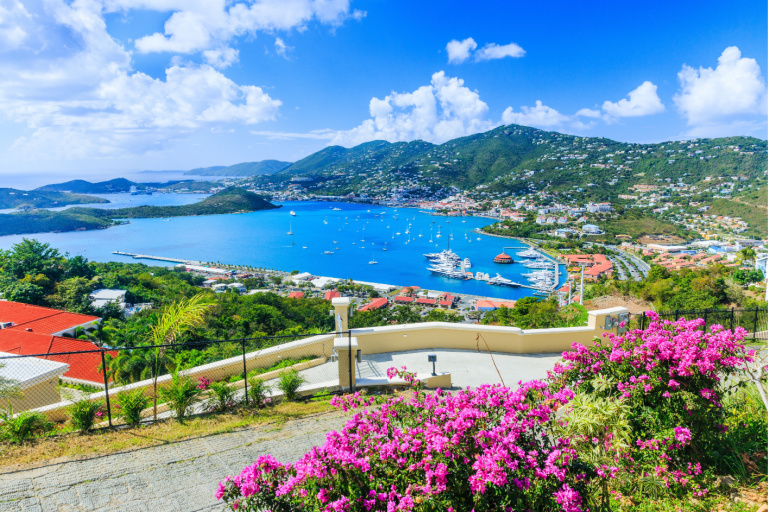 Browse Flights
Browse Flights
Browse Expedia.com’s robust inventory of international and domestic flight deals! We may be compensated when you book after clicking on one of our links.
Flying is the most common and efficient way to reach the U.S. Virgin Islands. Cyril E. King Airport (STT) in St. Thomas is the primary gateway to the U.S. Virgin Islands, serving St. Thomas and St. John. Henry E. Rohlsen Airport (STX) in St. Croix is the primary gateway for St. Croix.
Here’s how to get to the U.S. Virgin Islands by air:
- From North America: Travelers from North America can find direct flights to Cyril E. King Airport in St. Thomas and Henry E. Rohlsen Airport in St. Croix. Depart from major cities like Miami, New York, or Atlanta, and choose airlines like American Airlines, Delta Air Lines, or JetBlue. Flight durations can vary based on your departure location but typically range from 3 to 5 hours.
- From Europe: Travelers from Europe can find connecting flights to the U.S. Virgin Islands. Depart from cities like London, Frankfurt, or Paris, and choose airlines like British Airways, Condor, or Air France. Flight durations can vary based on your departure location and layovers but typically range from 10 to 15 hours.
- From Other International Destinations: The U.S. Virgin Islands are accessible from various international locations. You can find flights from cities like San Juan, Toronto, or Panama City. Airlines like American Airlines, Seaborne Airlines, and Cape Air offer routes to the U.S. Virgin Islands. Flight durations depend on your departure location and route but can range from 2 to 12 hours or more.
How Long Is the Flight to the Virgin Islands?
The average flight time to the Virgin Islands (assuming U.S. Virgin Islands) can vary depending on the departure city, airline, and route. Here are approximate flight times from some of the most common origins:
- New York, USA: Around 4 hours
- Miami, USA: Approximately 2.5 hours
- Atlanta, USA: About 3.5 hours
- Charlotte, USA: Around 3.5 hours
- London, UK: Approximately 8 to 9 hours (usually with a stopover)
- Toronto, Canada: About 5 hours
- Chicago, USA: Around 5 hours (usually with a stopover)
- Los Angeles, USA: Approximately 7 to 8 hours (usually with a stopover)
These are estimated times and actual flight durations may vary based on the specific route, stopovers, and other factors. Direct flights might not be available from all locations, necessitating connecting flights through major hubs.





